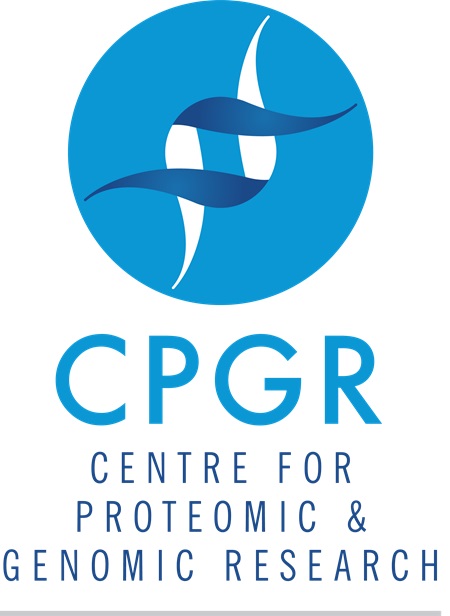Global phylogeography and population genomics of the commercially exploited smoothhound shark, Mustelus mustelus.
Winn, J.*1, Bester-van der Merwe, A.1, Maduna, S.2
1 Stellenbosch University, Genetics Department, Western Cape, South Africa
2 Department of Ecosystems in the Barents Region, Svanhovd Research Station, Norwegian Institute of Bioeconomy Research, Svanvik, Norway
Accelerated global warming and over-exploitation of marine species threaten to eradicate the unique genetic archives of modern Chondrichthyans (sharks, rays, and chimeras), an evolutionarily robust lineage with a 400-million-year genealogy. Understanding the impact of rapidly changing global conditions on elasmobranchs (sharks and rays) and devising conservation responses relies on the identification of unique genetic populations adapted to specific environmental niches. The genetic mechanisms underlying climate-related adaptation in elasmobranchs are poorly understood, however it is now widely accepted that the mitogenome is under selection due to its role in cellular respiration and energy production, making it an important tool for understanding how environmental pressures might be driving functional and morphological changes underpinned by genetic variation. Species inhabiting the rapidly warming, yet diverse, biogeographic regions of South Africa and the Mediterranean Sea are likely locally adapted to their environment which can lead to differences in genetic variation among populations even in the face of high gene flow. This research endeavour has delved into the intraspecific relationships within Mustelus mustelus, revealing its global phylogeography using whole mitogenome data from sampling populations collected across the species’ distribution range. There is finescale population structure along the species’ environmental gradient. Furthermore, we have found evidence of heteroplasmy in the mitogenome, particularly in Southern African populations. Different selective forces are likely acting on different genes of the mitogenome and also contributing to the patterns of heteroplasmic variation.
Keywords: heteroplasmy, paternal leakage, hybridization, genetic differentiation, PacBio sequencing, fisheries management
